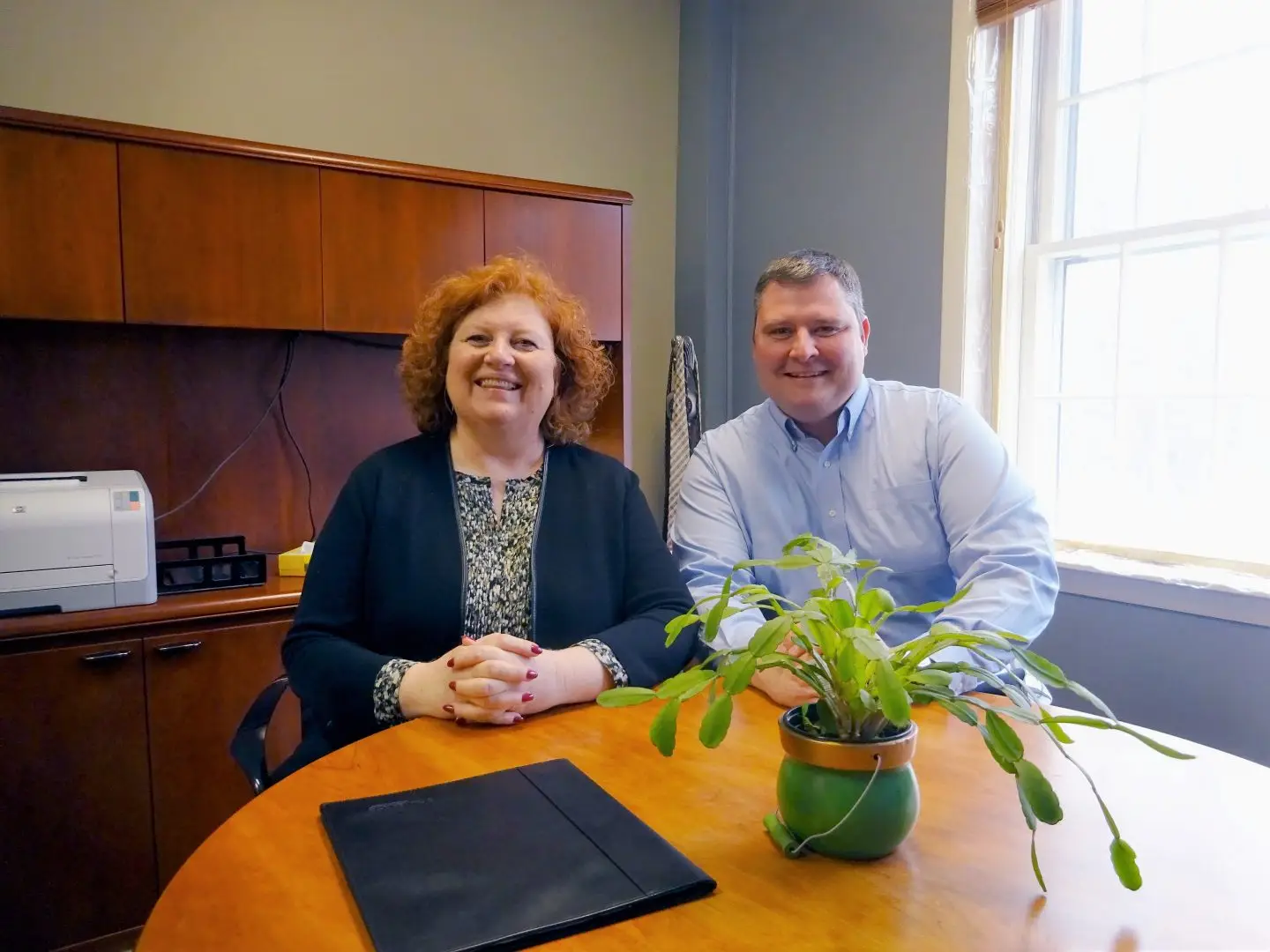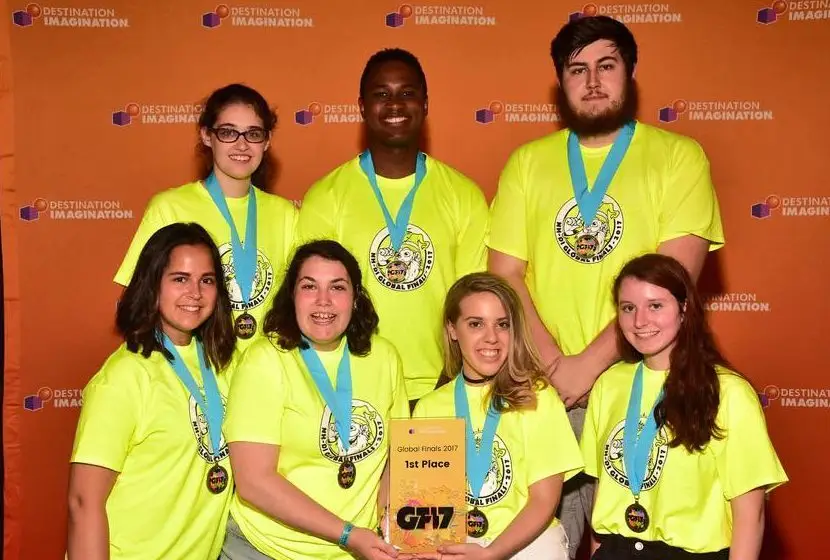More than $3,000 in loan debt is accrued every second, according to Debt.org. Between 2004 and 2013, student loan debt tripled, reaching a new high of $986 billion during that period. Students have more debt than ever before. “The class of 2016 owes an average of $37,173,” according to loan expert, Mark Kantrowitz, which is more than any class before it.
With students taking on more and more debt each year, it is important for them to know some basic facts about student loans. Here are five things to know.
Know What is Owed: A common mistake students make is not keeping up with their student loan balances and interest rates. The amounts slowly add up, and before students realize it, they are borrowing more than they will be able to feasibly pay off with their projected starting salaries. For students to see exactly how much they owe, they can visit the National Student Loan Data System (NSLDS) to view any federal loans borrowed under their name and social security number at all schools attended. To access NSLDS, students must use their FSA ID that is otherwise used to file the yearly FAFSA form.
Know the Loan Servicer: Every student who received federal student loans were also assigned a loan servicer by the U.S. Department of Education. Some of the common loan servicers are NelNet, CornerStone, Navient, and Fedloan. Students can find out who services their federal loans by logging into NSLDS. Students should visit their loan servicer’s website, create an account, and stay updated on any messages or updates from the loan servicer. Students may opt to pay any accruing interest while they are still in school.
Know the Difference Between Federal and Private Loans: Most students have federal or private loans or a combination of both. Federal loans are in the student’s name without a co-signer and provide students with low, fixed interest rate loans with flexible repayment options. There are two types of federal loans; subsidized loans or unsubsidized loans. For direct subsidized loans, the federal government pays the interest on the loan until students graduates. Direct unsubsidized loans accrue interest as soon as soon as the loan is dispersed. The student is responsible for repaying their federal loan six months after they graduate, stop attending or become a half-time student.
Private loans are loans students have typically taken from a bank, credit union or state agency. The loans typically have variable interest rates, interest accrues while in school, students might need a cosigner and the payment terms may be less flexible than federal loans. To learn more about the difference between federal and private loans visit Federal Student Aid for more information.
Know Estimated Monthly Payments: While federal loans are more flexible than private loans when it comes to repayment, it is still important for students to understand how the different payment plans will look and how long it will take to repay the loans. Federal Student Aid provides a loan repayment calculator that estimates repayments based on students’ actual loan information such as balances and the interest rates. The calculator breaks down repayment into the seven types of repayment plans, the first and last monthly payments, total amount paid, projected loan forgiveness and how long it will take to repay the loans. Visit the Student Loan Repayment Calculator for more information. To estimate private loan repayment, visit nerdwallet.com and use their private loan repayment calculator.
Keep Searching for Scholarships: Students commonly think that once they are in college, scholarships are no longer important or available, but it is quite the opposite. Many outside scholarships students received before college may not be continuous for all four years and therefore the cost of attending college will increase after freshman year. Keeping that in mind, there are fewer scholarships available for college students than there are for high school students, so continue to search online for any new scholarships that may have appeared throughout recent years. Also, take advantage of SNHU’s Named and Endowed Scholarship program and apply to everything students are eligible for. Each scholarship requires a brief essay and opens in January and are due in March each year.
With these five tips in mind, students will be better prepared for student loan debt and also be more aware of the active steps they should make to reduce that debt as well. While these steps do require research and time, the more time spent will, literally, payoff in the end.




